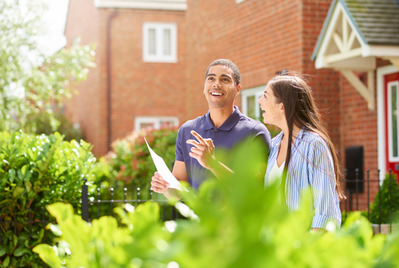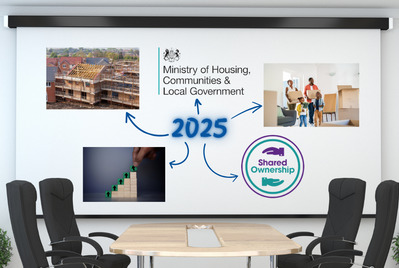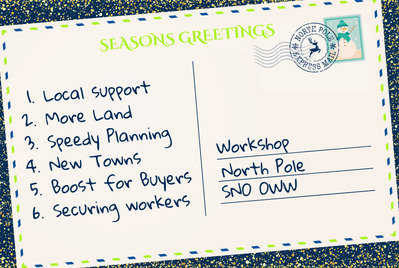
Creating attractive communities - is it the House Builders responsibility?
Place making is increasingly a focus for developers seeking to create communities with long term value and legacy. As the full effects of the Covid-19 pandemic on our lives continue to develop and reveal themselves, our homes, the places where we spend our time, are more important than ever. Effective place making can mean that newly built homes are not just hollow shells but part of a buzzing community where people cannot just live, but thrive.
The last two years have seen drastic changes to our working lives, and knock-on effects for what we need and want from our homes. Even before the pandemic, the trend of flexible working habits had been on the increase, but the impact of lockdowns advanced the trend exponentially – an ONS survey found that in April 2020 46.6% of employed people were working from home.

Of course, if things were expected to bounce back to the pre-Covid norm this wouldn’t matter that much, but increasingly, it seems that it wasn’t just temporary.
A principal motivation for both employers and employees is wellbeing – working from home sees people avoid long commutes, spend more time with their families and save money.

For businesses planning on increasing homeworking, a whopping 79.9% reported the main reason was improved staff wellbeing.
A whole lot of statistics, but the key point - home working is going to increase because lots of people are seeing positive impacts on their personal welfare. Yet, this hasn’t been universally felt, some homeworkers struggled with isolation if they lived alone, whilst others who didn’t, struggled in a shared environment. For these people, the residential development sector can step in.
Remote working is expected to further promote the rise of co-working space incorporated into residential developments. Multi-family developments that have a dedicated business lounge, workroom, or even working from home campers (in the case of Quintain Living) are an increasing phenomenon across UK cities. Residents of such blocks explain that communal working environments provide opportunities to socialise and create a work-life balance without having to leave the building.


House builder Countryside is looking to respond to the shift in priorities, considering for example, reconfiguration of layouts as open plan has seen a dip in desirability. In reality, home workspaces don’t need to be massive, some designers incorporate them into a closet, alcove, eaves space or landing area – utilising relatively small space can still be attractive to buyers or renters.
For city based developments it might be a case of adapt or die; as remote working sees urban location fall down the list of priorities, other benefits must do the attracting. Whilst other house builders can take full advantage of the rural retreat by highlighting properties’ home working potential.
Sources
- ONS – employment and labour market, people in work, employment and employment types, bulletins, coronavirus and homeworking in the UK, April 2020.
- Cybercrew UK – blog, working from home statistics UK
- Savills – blog article, commercial property, why wellbeing needs to be a key consideration in future mixed use development
- Quintain Living
- architecture.com – knowledge and resources, pandemic reveals demand for UK home transformations
- building.co.uk – focus, rethinking housebuilders initial responses to the pandemic



